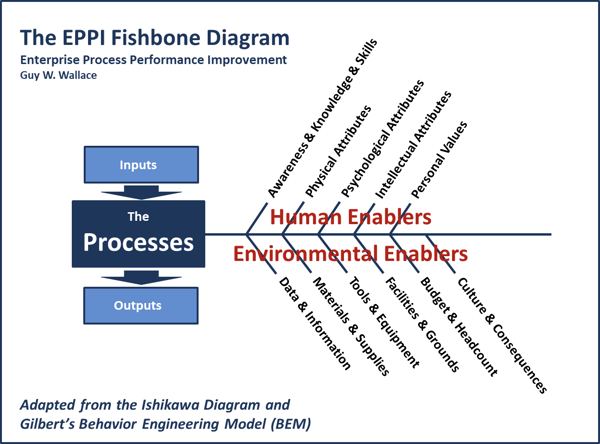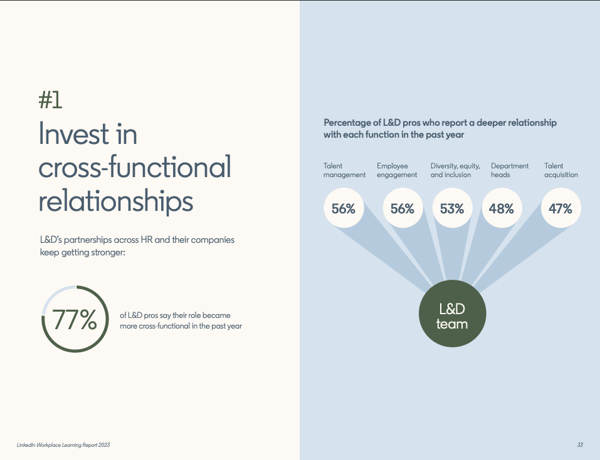L&D teams get a tough rep as the ultimate order-takers in organisations. Leaders say jump, and we ask “How high?”.
Bottom line, it’s hard to deliver impact if you’re just an order taker.
Let’s unpack how we move from a transactional to a conversational partnership together.
What is consulting?
Let’s get the obvious out of the way - a clear definition of consulting.
Consulting is the act of providing expert advice to an organization or individual in a specific field or industry. It involves analyzing a problem or opportunity and providing recommendations or solutions based on expertise and knowledge. Consultants work collaboratively with stakeholders to determine the best course of action and measure the effectiveness of their efforts.
I get it sounds a bit robotic, but it’s clear - consultants are knowledgeable trusted partners. And that’s exactly what we want to be in L&D, am I right?
Don't just take my word for it.
As part of research for this piece, I reached out to major players in the L&D space to get their insights on the power of consulting. My first stop was chatting with the person I call “The Godfather of Performance Consulting in L&D” - Guy Wallace.
Performance Improvement Consulting
Guy champions Performance Consulting as one of the most useful consultative approaches for L&D teams. He defines this as:
Performance Consulting or Performance Improvement Consulting uses a set of methods, tools, and techniques by learning and development (L&D) professionals to conduct Performance Analysis that looks beyond but includes knowledge/skills to identify any root causes for any gaps in their client's critical processes.
I’m a big fan of this definition and approach, which I've used in my work over the last two decades. Guy shared the context of his thinking on this and how L&D teams can use this in their work.
Starting in the late 1990s, I started using Performance Improvement Consulting versus Performance Consulting as I saw too many uses of the label "performance consulting" when someone was really referring to "performance-based instruction." Performance has many more variables than knowledge & skills, and most problems aren't rooted in them.
L&D professionals might conduct the Analysis and uncover the root causes for gaps in Performance as they focus on developing the Performance Competence of their learners via L&D Content, but they may not have the knowledge/skills themselves to resolve any of those gaps that aren't due to deficits of the learner/performance knowledge/skills.

An order-taker vs a critical friend
I built upon my conversation with Guy and his approach by speaking with leading L&D leader and author of the fabulous book, The Learning and Development Handbook - Michelle Parry-Slater.
Michelle has shared her thoughts on the differences between being an order taker and a critical friend extensively.
L&D practitioners must never blindly book courses just because they are asked to.
If we continue to take orders and not engineer solutions, we will never be the critical friend our businesses need us to be. When asked for learning of any kind, L&D MUST ask why. They must be able to provide value and prove that value. This all starts with why.
If L&D teams are aware of the strategic intent of their organisation, layer on great listening to the problems in companies and correlate them with the stories company data is telling us, we will know the right questions to ask our stakeholders to determine what learning needs to achieve, what problem it will solve, and we will then know the best way to solve that issue.
Importantly, we will have the hard measures by which we can prove that we have solved the problems.
Taking a consultative approach to our L&D activities ensures we can provide value and prove our value to the business. Not only is consulting important for learners' learning outcomes, but it also secures our importance as a powerful, impactful part of the business ecosystem.
Why consultancy is useful for L&D teams
As Michelle told us: “Taking a consultative approach to L&D activities ensures that L&D teams can provide value and prove their value to the business”. That’s what it’s all about at the end of the day - value.
Without value, what is the function of a modern L&D team?
For many L&D teams, the current approach to collaboration is too transactional. You get a request and process it like a robot - no questions asked. Anyone could do this operating model. It doesn’t require any L&D expertise.
This is a scary place for teams to be in.
The power of a consultative approach is being able to unlock the value of your work. We’re seeing this reflected across industry data this year. The 2023 LinkedIn Learning report found 77% of L&D pros surveyed have had deeper cross-functional relationships with departments over the past year.
I don't think they got there by just taking orders, do you?

How to Be More Consultative
Ok, we’ve talked a lot about the what and why of consulting, let’s get into the tactical stuff to show you how to use this in your L&D toolkit.
Ask the Right Questions
A lot of good consulting comes down to your questions.
Structured questions = an impactful conversational experience. Your question choice makes you look smart and uncovers the deeper issues at the heart of the problems you’re trying to solve with stakeholders.
Often, stakeholders aren’t 100% sure how to define and share the problem they’ve come to you with. So, better questions mean better answers to deliver a better outcome for your business. Lucky for you, we’ve created a mini-guide on how you can ask the right questions as an L&D practitioner.
Unlock the real problem
As we’ve covered above, most stakeholders need help with structuring what problem they face.
And sometimes, it turns out it's not an L&D problem at all! (what a shocker!). It can be incredibly useful to talk through a performance focussed learning analysis. You can look at this as a power-up to your consultative approach.
It connects insights with data-led action.
Present Evidence
A friend bestowed me with a great quote, “A person without data is just another person with an opinion”. Whilst it sounds a little cold (my friend has always been direct), it’s not wrong.
We always talk about being evidence-based in L&D, so this is your chance to do it.
Look at data like your biggest supporter. It’s the person screaming “Yes” at the back of the room and then dropping the facts to back up your insights. It’s a powerful component of the stories we each tell.
Provide Recommendations
This is the missing piece of the puzzle for most L&D teams in their work, and it’s the one where you provide the most value, so let’s do something about this.
This is the home run to showcase your value and deliver impact.
You’ve done a lot of the hard work with great questions and evidence-based insights. Now it’s time to put the cherry on top of that cake and give stakeholders your delicious recommendations.
These will be a mixture of what you know about the business, current blockers and your experience as an L&D practitioner.
Make your recommendations clear and concise.
Detail what you’ve found, offer potential solutions and clarify how these can be solved. Do this, and you’ll soon be known as the critical friend that Michelle encourages us to be.
Co-create, don’t build in silos
Now you’ve become best friends with your stakeholders, don’t fall into the silo-building trap.
Many L&D teams have been victims of this trap. You get everyone pumped about your solutions but then say “See ya!”, disappear for six months and come back with a solution that the stakeholders aren’t invested in.
This happens because you don't co-create with stakeholders.
Co-creation is what it says in the title - collaboratively creating with your stakeholders. This approach helps you create the most impactful product and build champions within your stakeholder community who have been part of the creation process.
Remember, there’s no “I” in team.
Measure results
We’ve arrived at the holy grail!
To be a true critical friend, you gotta show your work impact. There are a zillion ways to this, and I’m sure your organisation has its own approach. What’s important is clearly defining the measures of success for your proposed solutions and being able to track that.
Don’t recommend grand ideas you can’t meaningfully assess and report on.
TL;DR
|

